| Tweet |
Acquiring an Amstrad CPC 464
Intro
Earlier this year I took steps to remedy a glaring gap in my computer collection. The omission was the lack of any Amstrad 8-bit machines. These computers had some significance in the UK in the mid-1980s and hence deserve a place in any classic computer collection worthy of the name. In particular I wanted the first model released, the cassette-based CPC 464. It's best to get the first or the last in my opinion and the first in this case had funky coloured keys which made it stand out from crowd. Part of the attraction of computer collecting for me is the industrial design of these machines and I just love the look of this model.
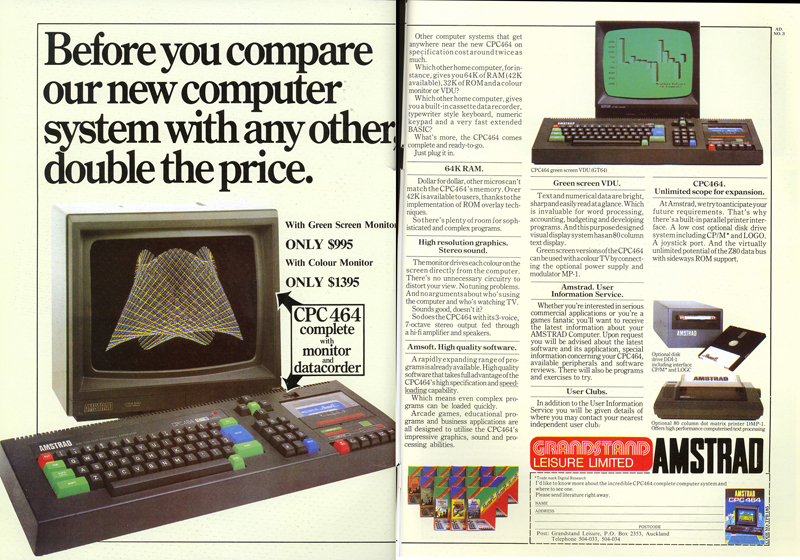
Figure 1. The very-retro looking Amstrad CPC 464 in this New Zealand advertisement
No expectation of a monitor
These machines were sold in New Zealand in the mid-1980s and SOMETIMES can be seen on Trade Me, our national auction site. Such appearances are a rare event though, and I'd resigned myself to eBay UK as a source if I wanted one in the next few months.
The fact I was buying it from the other side of the world raised another issue.
These machines were sold with their own monochrome or colour monitor. In fact the monitor doubled as a power source for the computer. Now monitors, as you know, are hellishly expensive to ship and prone to breakage...if indeed one can be found where the owner is prepared to ship and pack it! Luckily there appeared to be a solution. Someone has developed a SCART interface+PSU device specifically for the missing-monitor problem. This means any TV with a SCART input could play the role of an Amstrad CPC monitor. Yay!
Actually, not yay. The problem is SCART is a very rare interface in New Zealand. Even though our TVs are PAL like the Europeans, SCART as an interface is scarce. So a SCART+PSU unit was only 1/2 the battle. I also needed to get some kind of SCART input to composite video output gizmo so I could plug these chained adapters into a standard TV/Monitor here in NZ...and hope that it all worked!
eBay UK
I didn't buy the first CPC 464 I saw on eBay. I monitored the auctions for a month or two just to get a feel for prices and what was available. The Amstrads appeared to be common, with a new one appearing every few days or so. Sometimes with software, sometimes without. Often scruffy but sometimes not. Sometimes even with a monitor but without exceptions these were pickup-only. No chance of the latter for me.
At the same time I was looking for computers I was also seeking those adapters. I found both types which looked like they might do the job; a SCART+PSU package and a SCART <--> Composite video and audio adapter. I ordered one of each. They arrived before I'd found a machine.

Figure 2. SCART adapter and power adapter combo (left) and SCART two-way video/audio converter (right)
Eventually I saw a CPC 464 listing that took my eye. It was an untested unit but in pristine "as-new" condition. The description suggested it had been stored and never used, a claim that was supported by removable labels still being over some of the card edges.

Figure 3. Sign of a rarely used machine? Labels over the ports.
Buying untested is always a risk but I'm now at the stage in this hobby where a museum-ready appearance trumps any faults in the electronics, mainly because I feel I have a chance of fixing the latter. Besides, this one seemed to have never been switched on. I was confident that it would go. Bought!
While it was on its way here on the high seas (or more likely in the belly of a 767) I also picked up a tidy user manual from eBay UK. I always like to get some documentation for my machines.
First impressions
Two things struck me immediately on arrival. One was just how pristine it really was. It was a beautiful specimen and those nifty coloured keys looked just as good as I thought they would. The second was the length! Here it is next to a Sinclair Spectrum and Commodore 64! Attach a handle and you could play cricket with it!
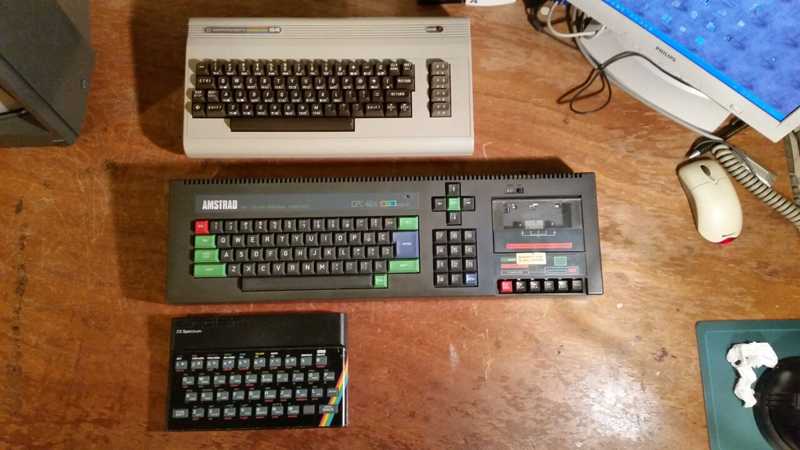
Figure 4. Dimensions of the CPC 464 compared to the competition
Actually I was more impressed than I thought I would be. Although lacking the gravitas of a business-oriented IBM XT or clone it seemed a pretty solid piece of engineering for a home computer. The only criticism I have regarding the keyboard layout is the location of those cursor keys. They will be used a lot so why not have them below the numeric keypad, so your palm could rest on the desk?
Testing with a composite monitor
Ok, I now had the machine but would it go? After chaining the SCART+PSU adapter then SCART--> composite video adapter and connecting the computer to one end and a composite monitor/TV to the other, the switch was thrown. Success!!! A boot screen appeared telling me I was in Amstrad BASIC.
But....No colour. Monochrome only. Hmm... I loaded in the WELCOME tape and went though the demos. Graphics, sound, 80 columns...everything worked just fine..but in glorious black and white. Damn! Some more reading on these SCART---> Composite video output adapters on the web showed that they were far from the perfect solution. It seemed they worked sometimes and sometimes not, depending on the time of the month, where the moon was in the zodiac and whatever other variables were on offer at the time! Oh well...
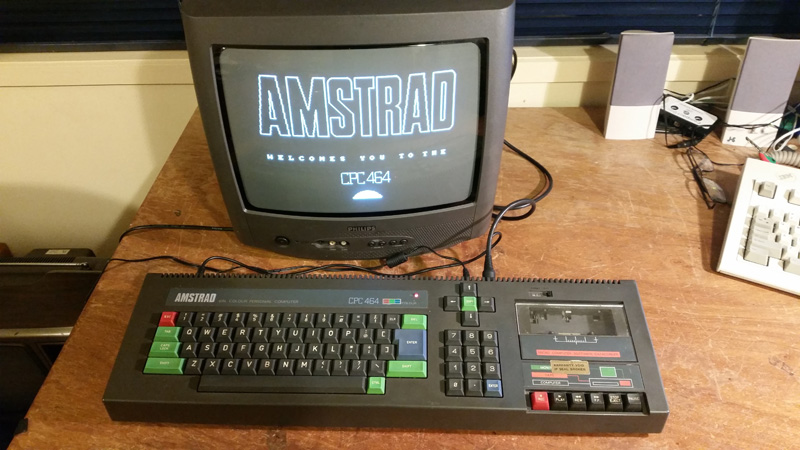
Figure 5. Amstrad CPC 464 booting up fine on a colour TV...but in mono! Arrgg..
Perhaps an RF modulator then?
Amstrad was not so naive as to think monitors would never be lost or become unbundled from their machines over time hence they did sell an RF modulator/external PSU as an accessory. This allowed monitor-less units to be plugged into a TV. Perhaps this would solve my problem. I saw one of these advertised on eBay and bought it.
Alas no. It worked in a fashion but no colour was forthcoming. No matter how much I fiddled with the tuning, monochrome was all it could display.
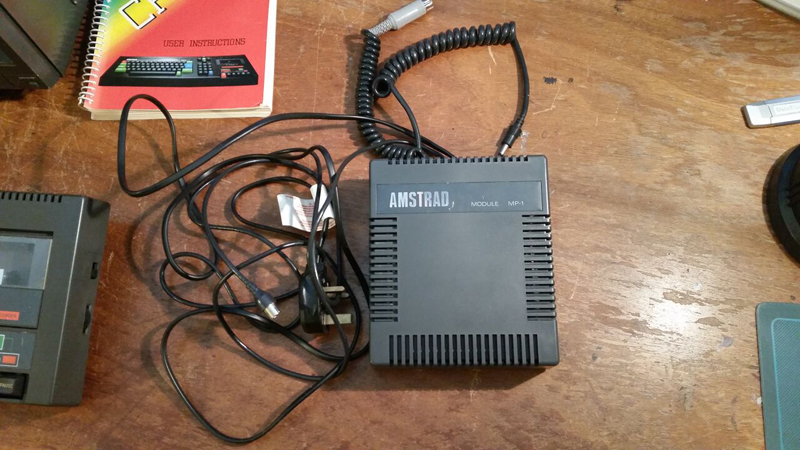
Figure 6. RF Modulator for the Amstrad CPC 464. Alas still only mono for me!
Serendipity
I wondered if anyone on the New Zealand Computer Forums had used one of these adapters or had experience with a solution? I posted a note. That note resulted in a solution...in fact the PERFECT solution. By happy chance one of the members had a spare Amstrad CPC colour monitor unused and surplus to requirements. It worked, it was in reasonable condition and he was happy to donate it. Not only donate it but deliver it too, when he was up my way (2 hours from where he lived)!
Much gratitude to Michael Railton from Wellington (aka asci). Someone to whom I owe a beer or two.
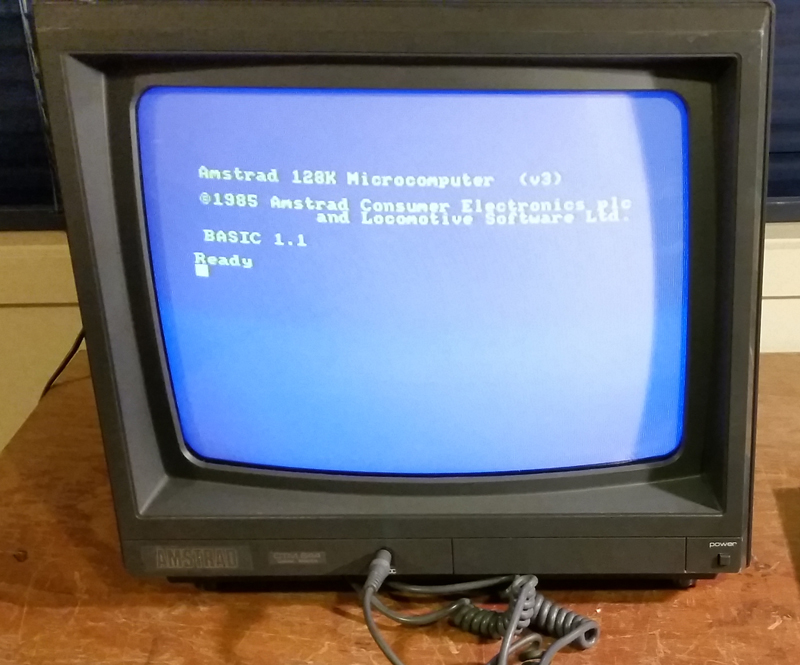
Figure 7. A donated Amstrad CPC colour monitor
Stocking up with software
Now that I had a complete machine and in colour it was time to stock up on software. Actually I already had some. While I was waiting for the computer to arrive, I'd discovered a repository of classic software in CDT format at this repository and this one. I also found a program called CDT2WAV. You could use the latter to convert tape images in CDT format to WAV files, and directly output audio from the PC through the soundcard while this process was going on!
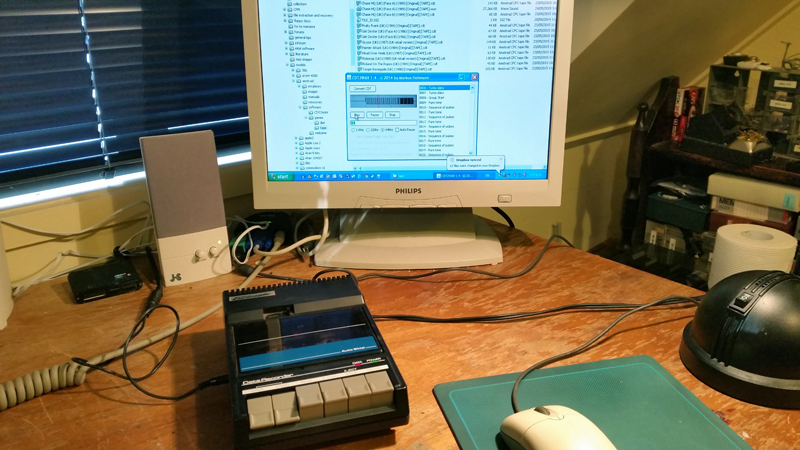
Figure 8. WAV to real tape using CDT2WAV
To get this audio and hence programs into the machine I used a couple of methods. The first was to record the audio onto a blank cassette tape, using a stand-alone tape recorder I had for one of my other machines. I'd then play the tape in the Amstrad itself. The second was to use one of those gadgets modeled like a cassette tape, designed to take sound from portable CD or MP3 players and play it in a car's cassette recorder...as if a tape was being used. Although not quite as elegant (You couldn't close the cassette bay) , I found this worked just fine as well, and allowed direct loading straight from the PC soundcard.
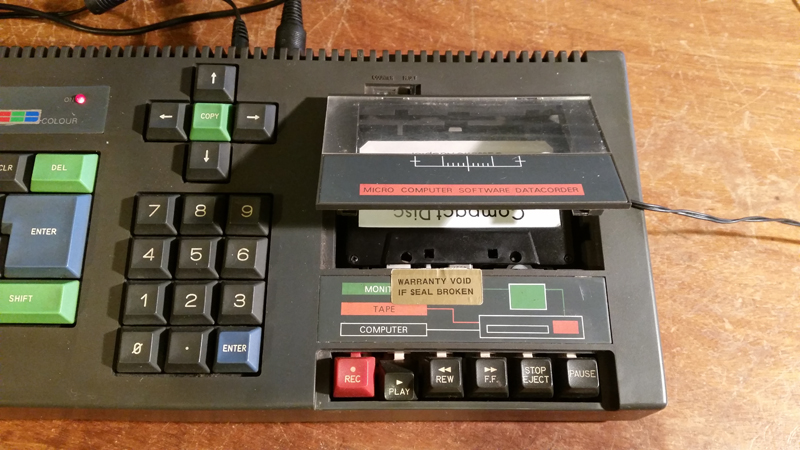
Figure 9. Car cassette adapter being deployed to load software directly from the PC
I soon had "The Welcome Tape", "Roland on the Ropes" and 3-D Grand Prix copied onto cassette tapes, and "Harrier Attack" and Head over Heels" loading successfully from the PC.
I did want more but things didn't go entirely smoothly. There were some titles that spat the dummy during loading despite my best efforts such as "Get Dextor", "Gryzor", "Robocop", "Target Renegade" or "Fruity Frank". I'll need to revisit these sometime and try to get good tapes copied as they are all class titles. I don't think this non-loading was anything to do with the Amstrad cassette deck itself. It might be a function of the original CDT image or perhaps the Amstrad was just uber-sensitive to the volume input.
The games don't photograph well, but many can be seen in the YouTube video I made on the machine.
As well as these Internet-sourced programs, some others on their original cassettes with original packaging also came my way via a Trade Me lucky dip. These included such exotic titles as "Mask 2", "Tobrouk", "Blood Brothers", "Wizball", "Avenger (Way of the Tiger II)", "Artura", "Micky Mouse (the computer game)", "Gary Linker's Super Star Soccer", "Thing bounces back" and "Gothik".
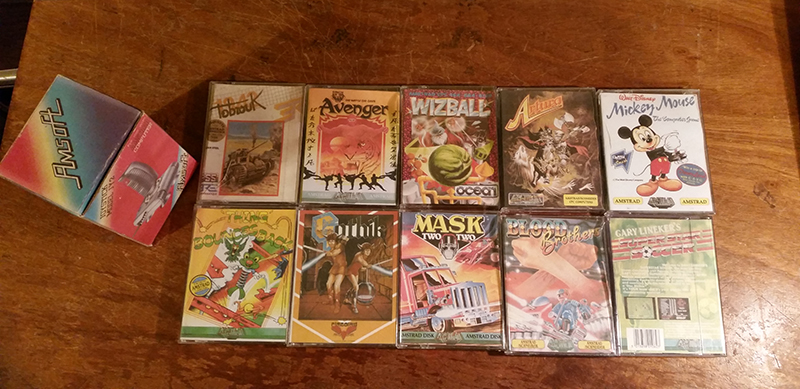
Figure 10. Real cassette software. I also came across an Amstrad joystick!
Summary
So, I now have what I wanted. A fully complete Amstrad CPC 464, working, looking good and with some software titles to strut its stuff. If you haven't already seen it, check out the YouTube video and my description in the Collection section.
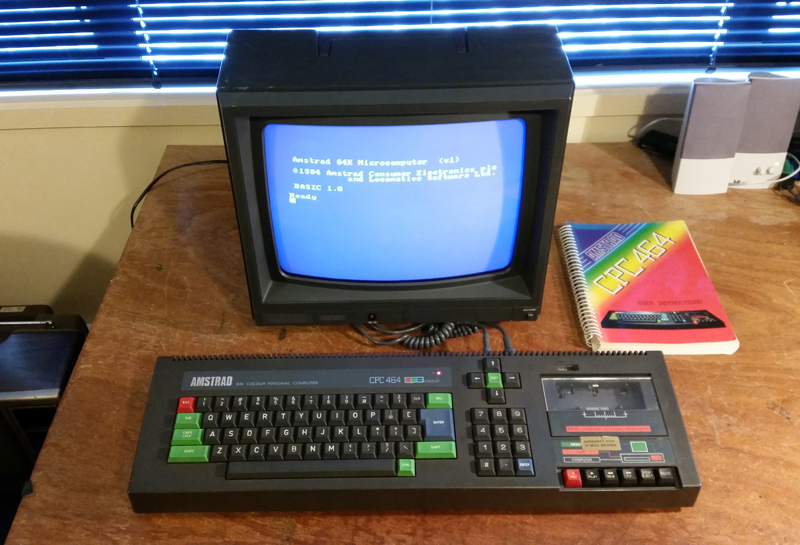
Figure 11. Amstrad CPC 464. The full package.
Tez
4th August, 2015
P.S. I also have a surplus to requirements a SCART/PSU cable and one dodgy SCART <--> audio+video adapter. Any takers? (-:
P.P.S. My Amstrad adventure doesn't end here. See my CPC 6128 acquisition and my external disk drive fix.
| Tweet |